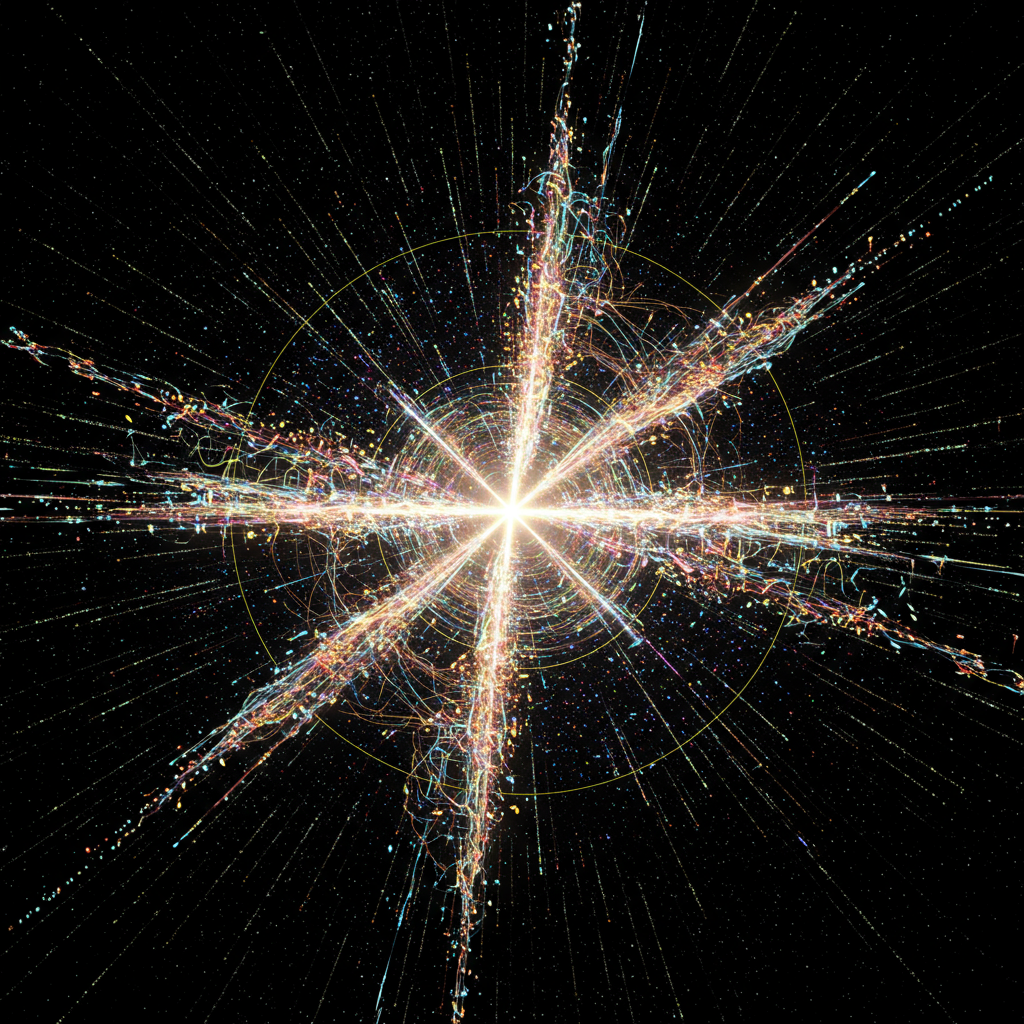Prime numbers – those indivisible integers greater than 1 – have fascinated mathematicians for centuries. These fundamental building blocks of arithmetic might appear scattered unpredictably along the number line, yet number theorists have long suspected they hide intricate patterns. While Euclid famously proved there are infinitely many primes around 300 BCE, the hunt for understanding their distribution and finding infinite primes that satisfy specific, demanding conditions remains a frontier of research.
For instance, it’s one thing to know primes are infinite; it’s another to prove infinitely many primes exist within highly structured forms, such as those involving combinations of other prime numbers. Problems like these are exceptionally difficult and require sophisticated tools.
Now, two mathematicians, Ben Green of the University of Oxford and Mehtaab Sawhney of Columbia University, have achieved a significant breakthrough. They have developed a novel counting technique that proves the existence of infinitely many primes within a particularly challenging structure: numbers of the form p² + 4q², where both ‘p’ and ‘q’ must also be prime numbers.
Tackling a Long-Standing Challenge
This specific problem was posed by veteran mathematicians John Friedlander and Henryk Iwaniec in 2018, building on decades of work exploring primes within various algebraic forms like x² + 4y². Proving that infinitely many primes exist when the variables themselves must be prime adds a layer of complexity that had previously resisted conventional approaches.
Green and Sawhney’s success stems from incorporating powerful tools from a seemingly unrelated area of mathematics: additive combinatorics.
An Unexpected Tool: Gowers Norms
Their key insight involved adapting Gowers norms, a concept introduced by Timothy Gowers of the University of Cambridge. Initially developed to measure how structured or random a set of numbers or a function is, Gowers norms had not been widely applied to the complex problem of counting prime numbers in thin, structured sets like p² + 4q².
Green and Sawhney’s method didn’t directly count primes of the exact p² + 4q² form using prime p and q. Instead, they employed an ingenious indirect approach. They first proved a slightly weaker statement: that there are infinitely many numbers of the form r² + 4s², where r and s are “roughly prime” (meaning they aren’t divisible by a fixed set of small primes). Working with roughly prime numbers is much easier because they are more predictably distributed than actual primes.
The critical step was proving that showing infinitude for the “roughly prime” case (r² + 4s²) is mathematically equivalent to showing infinitude for the “actual prime” case (p² + 4q²). They achieved this equivalence by analyzing specific mathematical structures called Type I and Type II sums for both versions of the problem, demonstrating they were the same. This connection was forged by skillfully applying Gowers norms, building upon foundational work by Terence Tao and Tamar Ziegler, and specifically leveraging Mehtaab Sawhney’s prior research on using Gowers norms to compare sets.
With this equivalence established, their proof for the more manageable “roughly prime” scenario successfully implied the proof for the highly constrained “actual prime” case.
Significance and Future Potential
The proof that there are infinitely many primes of the form p² + 4q² is a significant achievement, resolving a notable conjecture. More broadly, this work demonstrates the unexpected and powerful applicability of additive combinatorics and Gowers norms in analytic number theory.
Experts believe this cross-disciplinary approach holds immense promise for tackling other difficult questions about the distribution of primes, particularly within “thin” sets where they are sparse. It suggests that expanding the mathematical toolkit by drawing from different fields can unlock solutions to previously intractable problems.
While challenges remain in extending these techniques to even more general prime forms due to inherent complexities in current number theory frameworks, this initial success provides strong optimism for continued collaboration between combinatorics, analysis, and number theory.
Prime Research is Thriving
Green and Sawhney’s work is part of a broader wave of exciting developments in prime number research, highlighting the diverse and innovative methods mathematicians are currently employing:
New Primality Tests: In a separate breakthrough, mathematicians Ken Ono, William Craig, and Jan-Willem van Ittersum recently discovered an infinite number of new criteria for determining if a number is prime. Their method connects prime numbers to integer partitions (ways to express a number as a sum of positive integers) and specific polynomial equations called Diophantine equations, showing surprising links between classical combinatorics and prime definition.
Understanding Prime Factors: Hector Pasten has made significant progress on a problem concerning the prime factors of numbers in the sequence n² + 1. By utilizing techniques involving elliptic curves, he provided a much-improved lower bound for the size of the largest prime factors in this sequence, demonstrating the power of algebraic geometry in number theory.
- Finding the Largest Primes: Meanwhile, the search for ever-larger individual primes continues. Amateur mathematician Luke Durant recently discovered the largest known prime number, a colossal Mersenne prime (2¹³⁶,²⁷⁹,⁸⁴¹ – 1) with over 41 million digits, using distributed computing – a different, more computational approach compared to the analytical methods used for counting primes in specific sets.
- www.earth.com
- www.scientificamerican.com
- www.wired.com
- www.quantamagazine.org
- www.livescience.com
These varied advancements underscore the vibrant state of number theory and the power of looking across mathematical disciplines for inspiration.
Beyond the Abstract
Understanding prime numbers isn’t just an academic pursuit. Primes are foundational to modern cryptography, underpinning the security of online communications, financial transactions, and sensitive data. New ways to identify, count, or understand their patterns, even in abstract forms, could eventually influence cryptographic design and analysis.
Breakthroughs like Green and Sawhney’s serve as a powerful reminder that deep, abstract mathematical inquiry often has unforeseen real-world consequences, rippling outward to impact technology and science in surprising ways. By using fresh combinatorial machinery to gain traction on old, unsolved questions, mathematicians continue to push the boundaries of what we know about these fundamental numbers.




